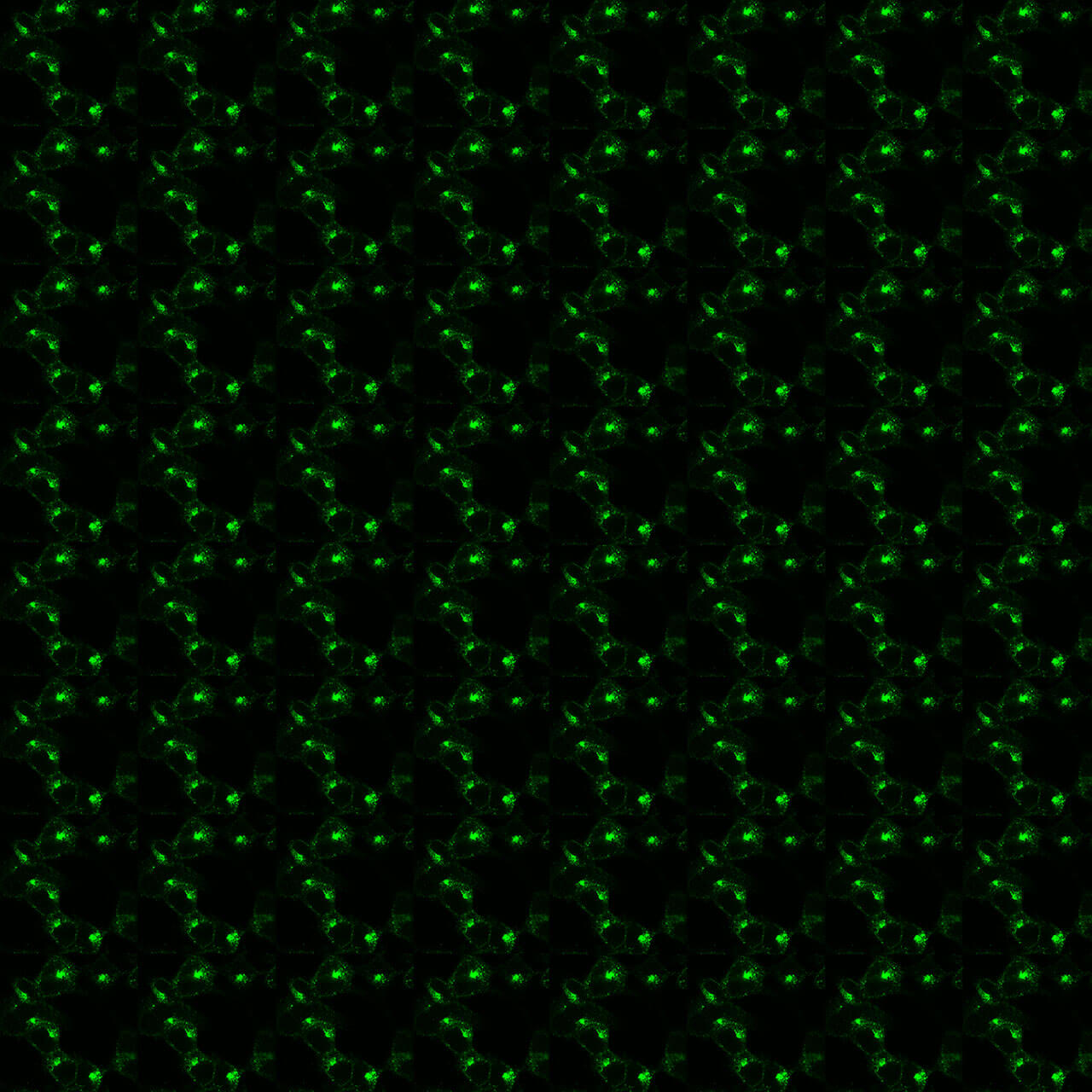7TM Western Blot Protocol
1. Buffers and Reagents
Use double distilled water for buffer preparation or water with the same grade of purity.
- Blocking buffer: TBST with 5% BSA (bovine serum albumin)
- HA-beads: Agarose beads coupled with anti-HA-tag antibody (only for immunoprecipitation of HA-tagged GPCR receptors)
- Inhibitors: Protease inhibitors (PMSF 100µM, Leupeptin 10µg/ml, Aprotinin 5µg/ml, Pepstatin A 1µg/ml). Alternatively use protease inhibitor tablets. Phosphatase inhibitors: Use phosphatase inhibitor tablets (e.g. PhosSTOP™ from Roche)
- Lysis buffer: 150 mM NaCl, 50 mM Tris-HCl, 5mM EDTA, 1% Igepal (Nonidet P-40), 0.5% Na-Deoxycholat, 0.1% SDS
- Poly-L-lysine: 0.1 mg/ml
- PBS: Dulbecco’s Phosphate Buffered Saline (NaCl: 137 mM, Na2HPO4: 8.1 mM, KH2PO4: 1.47 mM, KCl: 2.68 mM, pH 7.4)
- SDS-Sample-buffer: 62.5 mM Tris (pH 7.6), 2% SDS, 20% Glycerol, 100 mM Dithiothreitol (DTT), 0.005% Bromophenol Blue
- TBS: Tris Buffered Saline (Tris: 0.05 mM, NaCl: 150 mM, pH 7.6)
- TBST: TBS with 0.1% Tween 20
- WGA-beads: Wheat germ agglutinin lectin conjugated to agarose-beads, (for easy enrichment of glycosylated proteins including nearly all GPCR family members from cell and tissue extracts)
2. Sample Preparation, SDS-Gel and Blotting
- Coat 60-mm dishes with poly-L-lysine for 30 min at room temperature. Aspirate poly-L-lysine. Wash 3-times with water. Aspirate water after each step. Dry dishes for 30 min at room temperature.
- Seed cells into 60-mm dishes and let them grow to 80% confluence.
- Treat cells for desired time with or without compound (e.g. agonist, antagonist or inhibitor) in fresh media.
- Aspirate media. Wash with ice-cold PBS. Aspirate PBS.
- Apply 800 µl ice-cold lysis buffer (with inhibitors) and incubate on ice for 10 min.
- Harvest cells with a cell scraper and transfer extract to a 1.5 ml microcentrifuge tube.
- Centrifuge for 30 min at 14.000 x g and 4°C.
- Transfer 30-50 µl WGA- or 30 µl HA-beads to 1.5 ml microcentrifuge tubes and wash once with ice-cold lysis buffer (without Inhibitors). Aspirate lysis buffer.
- Apply supernatant of (7) and rotate for 1-2 h on a rotation shaker at 4°C.
- Wash 3 times with ice-cold lysis buffer (centrifuge shortly at 4°C). Aspirate lysis buffer.
- Remove remaining lysis buffer with an insulin syringe, add 50-100 µl 1 x SDS-Sample-buffer (including DTT) and start elution (elution temperature and time varies according to receptor and glycosylation status, we recommend to start with 20 min elution at 50 °C) Do not use temperatures above 60°C!
- Centrifuge shortly (5 min full speed)
- Load 20 µl supernatant onto SDS-PAGE (we recommend use of prestained molecular weight markers to verify transfer and determination of molecular weights).
- Electrotransfer blotting to PVDF or nitrocellulose membrane.
3. Blocking, Antibody incubation and Detection
- Incubate blot for 1 hour in blocking solution with gentle agitation. The use of other or commercially available blocking solutions is also suitable.
- Incubate blot with Premium 7TM Antibodies at a dilution of 1:1000 in blocking solution for 2 hours at room temperature or at 4°C overnight with gentle agitation.
- Wash blot with TBST for 10 min with gentle agitation. Aspirate TBST. Repeat 3 times.
- Incubate blot with anti-rabbit HRP-coupled secondary antibody in blocking solution for 2 hours at room temperature or at 4°C overnight with gentle agitation.
- Wash blot with TBST for 10 min with gentle agitation. Aspirate TBST. Repeat 3 times.
- Incubate blot with HRP-substrate. We recommend commercially available HRP-substrates.
- Detection of chemiluminescence via X-ray film or chemiluminescence detection system of your choice.
For more information please contact us:
E-Mail: support@7tmantibodies.com
Fon: 0049-151-20130575
FAX: 0049-3641-2414958
